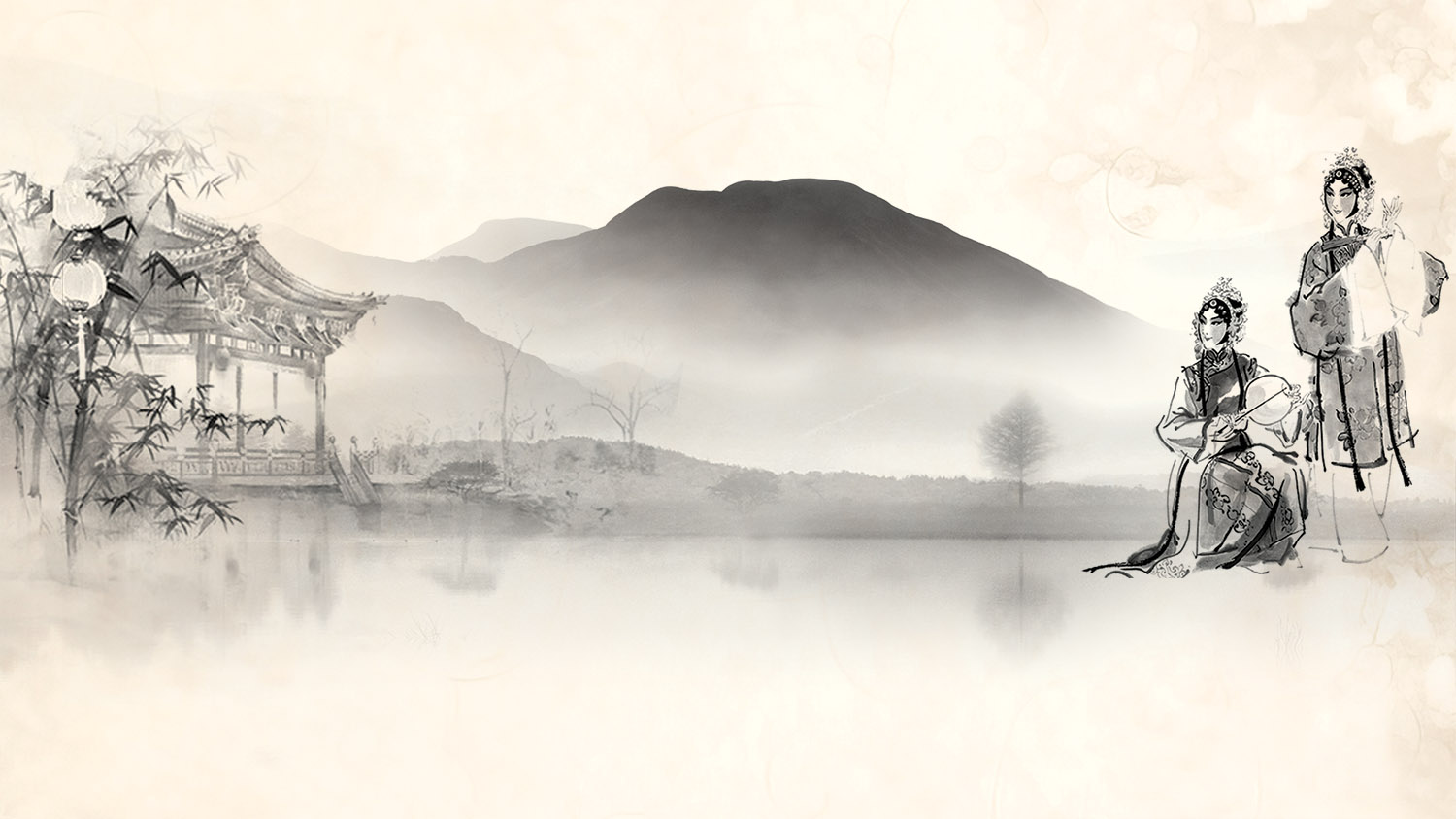
While time may blur collective memory, hidden beneath the earth are more archaeological discoveries depicting a clearer picture of the cultural bonds between Hong Kong and the Chinese mainland.
The one and only tomb from the Han Dynasty (206 BC-AD 220) found in Hong Kong in 1955 has brick inscriptions, including Daji Panyu (Great fortune to Panyu county) and Panyu Dazhili (Peace to Panyu county). The characters Panyu, which hosts the oldest parts of Guangzhou, capital city of Guangdong province, refer to the county in which the Hong Kong region was located in the Han Dynasty, and offer another glimpse of shared cultural identity.
The three Chinese characters carved on a huge rock that inspired the name of the Sung Wong Toi subway station also reveal time-honored cultural links, marking Kowloon City’s role as a safe haven for the last two emperors of the Song Dynasty (960-1279) nearly 750 years ago.
READ MORE: Newly-built subway stations in HK offer a peek of ancient China
The rock was inscribed with the words Sung Wong Toi, meaning terrace of Song kings in Chinese, by locals to commemorate the monthslong stay of emperors and the Song imperial court before they fled the Mongol onslaught again.
The first antiquity gazetted for historical preservation in Hong Kong witnessed the downfall of the Song Dynasty, a remarkable era in Chinese history characterized by its flourishing culture, economic prosperity, and military struggles. It also survived Japanese occupiers’ quarrying in the 1940s with a portion of the rock inscribed with the characters left intact before being renovated and relocated to Sung Wong Tai Garden that was built later.
“From Hong Kong’s treasure — the jade blade (of the Shang Dynasty, dating back to more than 3,000 years), to the tomb of the Han Dynasty to Sung Wong Toi — these footprints from the past express much more than words do about the shared cultural roots between Hong Kong and the mainland,” says Ng Chi-wo, head of Hong Kong’s Chinese Culture Promotion Office.
Ng, who assumed the role in April, was invited to introduce one of the three artefacts from museums operated by the city’s Leisure and Cultural Services Department on the large-scale heritage and museum exploration program National Treasure in Beijing in June.
Among the trio comes the embroidered silk birthday hanging of the Tang Clan in Ping Shan, which was placed on the wall of the Tang Ancestral Hall in 1899 as a witness to the history of Britain’s leasing of the New Territories under an unequal treaty.
The celebratory hanging also witnessed the Six-Day War in 1899 between British colonists and locals of the New Territories. The Tang Clan — Hong Kong’s oldest family whose ancestors had moved from Jiangxi province all the way south to settle down in Hong Kong back in the Song Dynasty — was among the resistance force, according to Ng.
The forgotten war itself and heavy Chinese casualties were downplayed in most British accounts, like many heroic tales in the age of colonialism that barely left any trace in the city’s history.
Ng does not blame the public for such forgetfulness. Still, much work needs to be done to arouse local people’s fading collective memory.
Two decades ago, when Ng embarked on his journey of heritage conservation as an anthropology graduate in post-reunification Hong Kong, “few did research on culture, few took an interest in culture and few got access to knowing about culture”, he says.
ALSO READ: Putting Chinese culture on the world map
“Back then, books about Hong Kong and the country’s cultures and history could hardly fill two rows of the shelves in a bookstore,” Ng recalls. “The number of relevant books was about 10 percent fewer than are available today.”
“It’s totally different now,” notes Ng, who has set up a part-time masters course at the Chinese University of Hong Kong. Most of his students, known for their various career backgrounds, with little knowledge of cultures and history, are keen to learn more about where the nation and the city came from and have achieved.
Such changes in the cultural climate are in line with the nationwide trend of guochao, or China chic, the rise of homegrown brands that weave Chinese cultural elements into their design or branding. Ng believes this also speaks volumes about the well-timed establishment of the new office.
“The current cultural climate could never have been imagined 20 years ago. Today, we have found ourselves in the right place and at the right time to do the right thing.”


